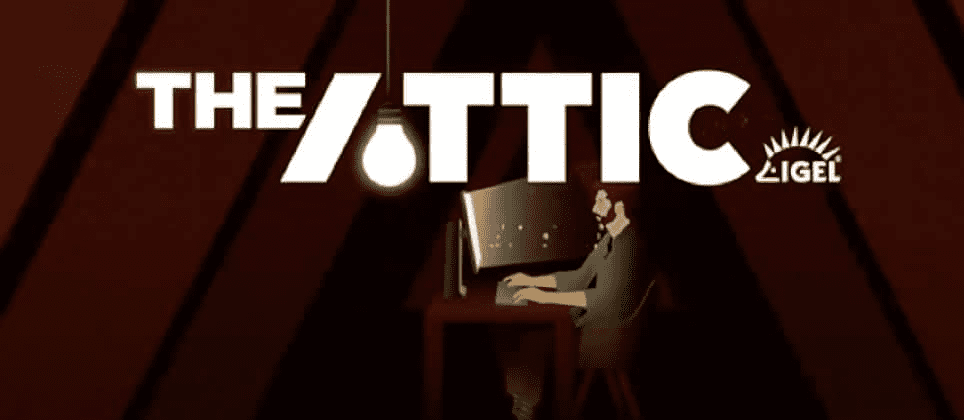IGEL Blog

Digital Thinking: Work Leaner and Smarter at the Endpoint
This blog is part of an (end) point-of-view series on the digital workspace from IGEL’s Office of the CTO.
The principle of ‘waste not, want not’ was first declared 300 years ago. It is a reasonable idea, to avoid wasteful use of resources and provide for a more secure future. However, the principle has lost ground; the IT environment being one example. A spending study by Flexera reports underutilization or wasted IT spending of 36 percent for desktop software, 33 percent for data center software, 32 percent for SaaS and 32 percent for IaaS/PaaS.
The study confirms that enterprises continue to spend needless dollars and use precious IT time, loading up their hardware endpoint devices with up to a dozen pieces of software – and required agents – before the end user can even work productively with the device. It also confirms some of this software spend never even makes it to the desktop.
Waste Not Your Software Spend
A good place to start leaning up IT’s approach to software investment is the OS. IGEL is passionate about telling enterprises that the best strategy is using an OS – preferably Linux – that can deliver only the apps a user needs – from the cloud. Rather than front load a bunch of software that may never be used, an OS designed for an economic need-only model, is the smarter choice.
To support this model IT needs to house data and applications in the cloud, separating them from endpoint devices. Leaning up the endpoint with IGEL OS can deliver a 90% reduction in footprint size compared to Windows since the data has been moved off the desktop to the cloud. That is a key pillar of IGEL strategy: using a secure OS that not only supports cost savings but reduces risk by taking critical data off the endpoint and further minimizing an attack surface.
Leaning up with Hardware Conservation
A leaner approach also applies to the hardware itself which has several key benefits:
- Taking applications off a hardware device and moving them to the cloud enables IT to use existing hardware as a much leaner, efficient endpoint platform. Application updates then occur in the cloud, with a faster, more accurate, and less energy-consuming process.
- Combined with a hardware-agnostic OS like IGEL, enterprises can execute Windows Virtual Desktop (WVD) on Azure, saving money by extending the life of existing hardware and minimizing CAPEX.
- With a hardware-agnostic IGEL OS, enterprises can convert any x86, 64-bit device into a secure, standardized endpoint, supporting a seamless transition to any virtual workspace platform.
Flagging Underutilization
Through asset management platforms IT can audit, and track software license use to flag software and SaaS investments contributing to wasted spend. IGEL adds to these budget controls via its COSMOS IGEL License Portal (ILP), a cloud-based solution to manage IGEL licensing. Assigning, removing, moving, monitoring, and subscription administration are accessed via an intuitive interface and set as automatic or manual handling.
A Leaner Blueprint
As more workloads move to the cloud, and a hybrid/distributed workforce is the standard, the necessity of investing in costly hardware is diminishing even further. Rather than purchase hardware with little ROI, the lean smart approach is using a secure OS with the capability to deliver apps via the cloud and VDI platforms and to get tighter control of software and SaaS spend via asset management and better license usage administration. This combination will help reduce wasted spend and free up budget for tasks that can provide clear ROI.
Ready to see it for yourself? Get started today with a free trial and see how easy it is with IGEL OS. Or, for more information, listen in to our webinar “Reduce your Endpoint costs – save budget and the planet” by registering here.


